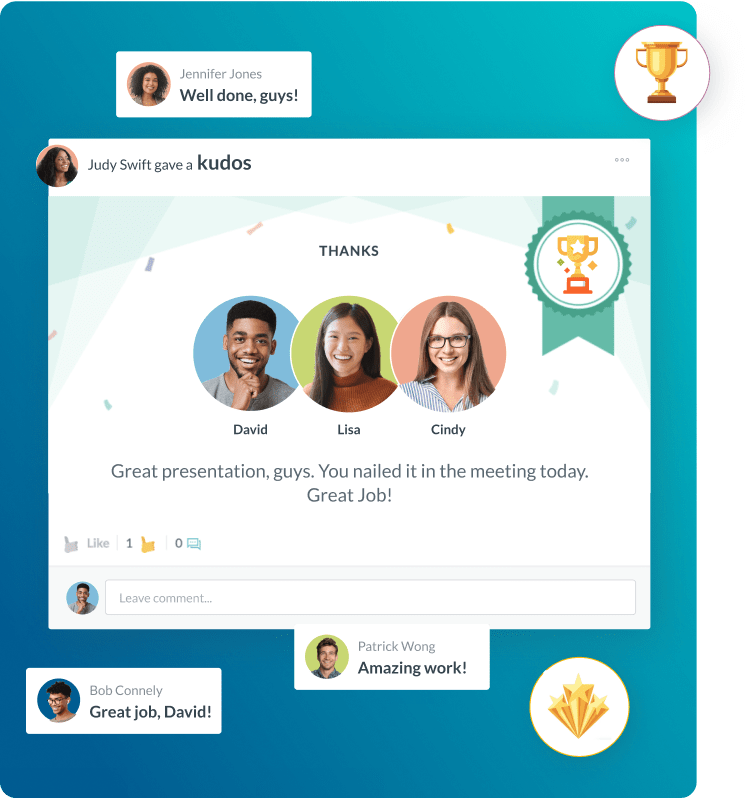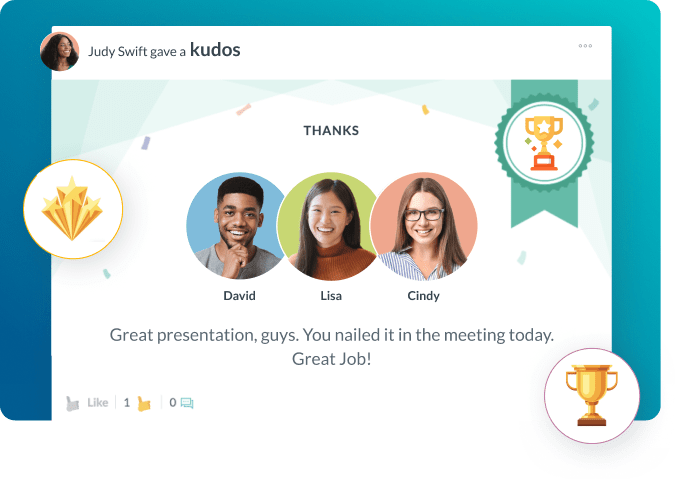People Analytics
- Key Takeaways for Implementing Workforce Analytics
- Comparing Traditional HR Reporting with People Analytics
- Best Practices for Maximizing People Analytics Value
- Pitfalls to Avoid in People Analytics Implementation
- Industry Applications of People Analytics
- Implementation Plan: A Step-by-Step Guide for Applying the Concept
- Future Outlook and Trends in Workforce Analytics
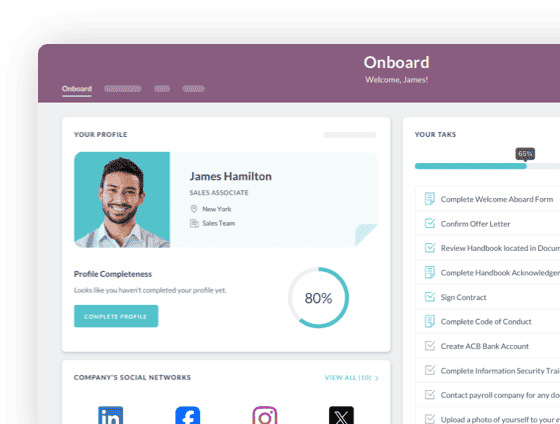
 Cut onboarding time
by 60%—here's the
Ultimate Checklist
that helped do it.
Cut onboarding time
by 60%—here's the
Ultimate Checklist
that helped do it.
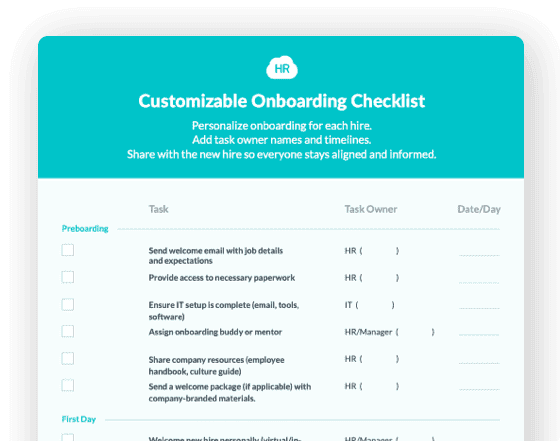
People Analytics is a data-driven way to manage your staff. People also call it HR analytics or workforce analytics. It involves collecting, analyzing, and reporting on employee data. This helps you make better business decisions and get better company results. People Analytics does not rely only on gut feelings or old HR metrics. Instead, it uses statistical methods and large data sets. This uncovers hidden insights about employee experience, performance, and retention. For you, the business decision-maker, this changes HR. HR moves from simply handling paperwork to becoming a strategic partner. This partner gives real proof for smart talent investments. People Analytics answers key business questions. For example, "What makes our sales teams perform so well?" or "Which training truly makes employees more engaged?" Any company that wants to get the most from its people—its largest asset—must use and understand these analytics. When companies know what makes their staff successful, they can make smarter choices. This includes hiring, developing talent, succession planning, and building culture.
The main change People Analytics brings is a shift in focus. You move from just reporting what happened to predicting what will happen next. You also learn what you should do next. This forward-looking view gives you a huge competitive edge. Organizations that use workforce data well can cut high turnover costs, raise productivity, and build a better, more inclusive workplace. The goal is not just to measure; it is to create a measurable impact on business success. Modern leaders must understand all of workforce management and how analytics supports it.
Key Takeaways for Implementing Workforce Analytics
For business leaders, adopting a People Analytics capability involves these core principles. These ideas help you combine data science with your human resources and business strategy.
Strategic Alignment:
Make sure all People Analytics projects tackle a major business problem, not just an HR problem. For example, focus on reducing the time it takes to get products to market or improving customer satisfaction scores.
Data Quality is Paramount:
Your insights are only as good as the data you use. Focus on cleaning, integrating, and keeping your employee data reliable across all systems. This includes platforms for performance, recruitment, and learning management. Learn more about effective HR data management for accurate analysis.
Focus on Impact, Not Metrics:
The final goal is to change behavior and improve outcomes. This means boosting employee retention or increasing individual productivity, not just creating colorful dashboards.
Ethical Use of Data:
Always put employee privacy and transparency first. You must use analytics to make the employee experience better, not to spy on or discriminate against people. You must set clear rules for the ethical use of this sensitive data.
Democratize Insights:
Make the analytical findings easy to reach and understand for all managers and decision-makers. They can then act on the data right away. Training managers to read key reports is a vital step. This process is easier when you understand the importance of data in human resources planning.
Comparing Traditional HR Reporting with People Analytics
You must understand the difference between simple HR reporting and advanced People Analytics. This helps you set the right expectations and spend your money wisely. Traditional reporting only looks at past events, while analytics gives you predictive and prescriptive insights. This comparison shows the shift from managing basic HR tasks to becoming a strategic HR partner.
|
Feature |
Traditional HR Reporting (Descriptive) |
People Analytics (Predictive/Prescriptive) |
|
Focus |
Counting and summarizing past events (e.g., how many hires happened last quarter). |
Predicting future outcomes and suggesting actions (e.g., predicting which high-potential employees may leave in the next 12 months). |
|
Data Scope |
Often only uses HR systems (e.g., payroll, basic turnover). |
Combines data across many business systems (e.g., HR, CRM, financial, operational data). |
|
Objective |
Monitoring and auditing HR work for compliance and basic oversight. |
Driving strategic business decisions, cutting costs, and gaining a competitive edge. |
|
Core Question |
What happened? |
Why did it happen, and what should we do next? |
|
Tools |
Spreadsheets, basic HRIS reports. |
Statistical software, machine learning, advanced data visualization platforms. |
Best Practices for Maximizing People Analytics Value
Decision-makers should support these proven best practices. This ensures your investment in People Analytics gives you real strategic value. A strong commitment to data-driven methods helps you build a mature HR technology environment.
Start Small with High-Impact Projects:
Don't try to analyze everything at once. Instead, pick one urgent business problem, like reducing turnover in a critical job. Solve that problem completely. This quick win builds trust and proves the value of the data approach.
Build a Multi-Disciplinary Team:
People Analytics is not just for HR or IT. To succeed, you need a team that mixes HR knowledge, data science skills, and business know-how. This team structure ensures the analysis is both technically sound and important to your strategy.
Prioritise Data Governance and Integration:
Set clear rules for how you collect, store, and use employee data. Invest in connecting your different data sources. This way, your analysts spend time analyzing, not cleaning, data. Strong HR data security practices must be the basis for this governance.
Focus on Storytelling and Actionable Insights:
A complicated statistical model is useless if managers cannot understand the results. Teach your team to share findings clearly. They should use strong visuals and plain business language that clearly defines the action to take. Insights must be a clear call to action, such as adjusting the employee pay structure or changing a recruitment channel.
Engage Business Leaders as Sponsors:
People Analytics will only drive change if leaders at the executive level support it. Make sure your executive team understands the return on investment. They must actively champion the use of data in making talent decisions.
Pitfalls to Avoid in People Analytics Implementation
People Analytics promises a lot, but a few common mistakes can ruin a program. Avoiding these traps will lead to a smoother, more successful shift to data-driven talent management. Leaders must watch out for these errors when developing their employee engagement strategy and other key plans.
Analysis Paralysis:
This means collecting huge amounts of data without a clear, specific question to answer. The focus must always be on solving a defined business problem, not just having data.
Ignoring Ethical and Privacy Concerns:
Using data in a way that feels intrusive or biased will destroy employee trust. It can also expose your company to legal risks. Ensure all practices follow strict compliance and regulation standards, such as GDPR or CCPA.
The "HR Only" Silo:
Do not treat People Analytics as just an HR project, separate from the rest of the business. The best insights come from linking staff data to operational and financial data. This needs teamwork across departments like finance, operations, and IT.
Over-relying on Descriptive Metrics:
Simply measuring things like average tenure or cost-per-hire offers little strategic value. You must quickly move beyond what happened to what will happen next.
Lack of Actionable Follow-Through:
This means creating brilliant insights that managers or executives never put into practice. The final, and most critical, step is putting the recommended change into action and then measuring its impact on the organization.
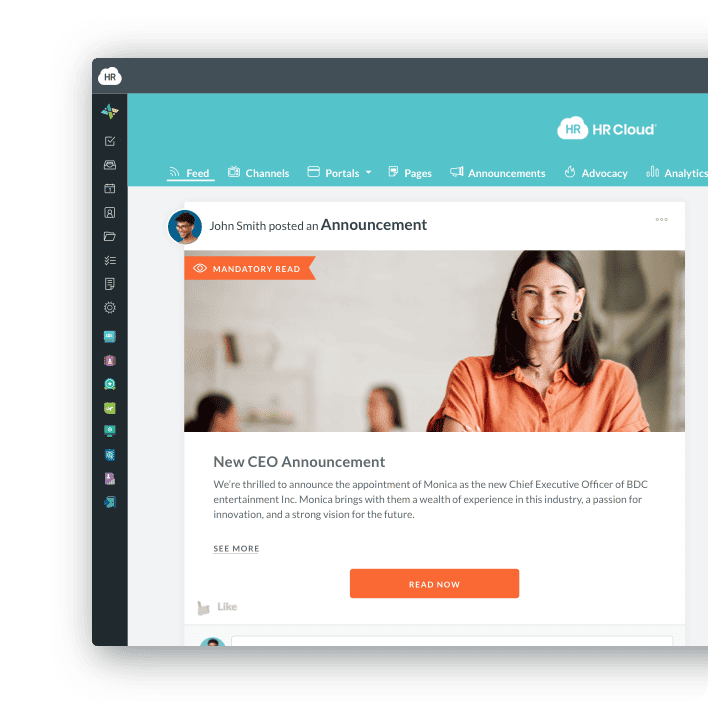
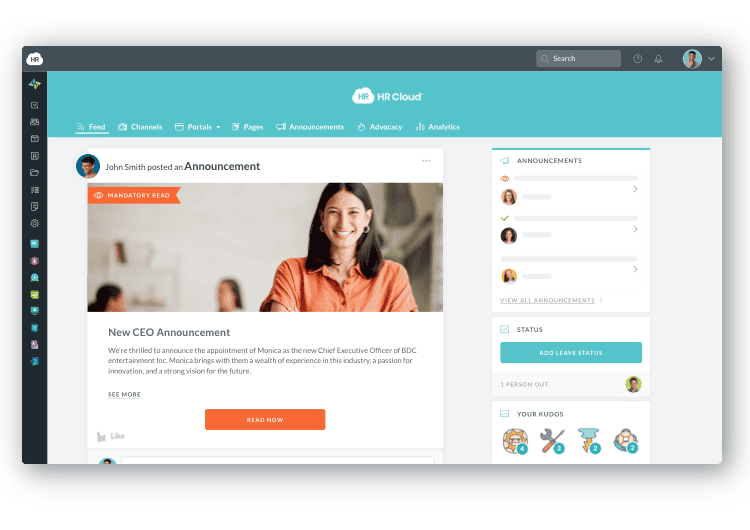
Industry Applications of People Analytics
People Analytics is useful in many fields. Its applications show its power to optimize human capital everywhere. These real-world examples show how smart talent insights lead to measurable improvements. For instance, knowing what affects employee performance can greatly improve a company’s performance management approach.
Technology and Software:
A leading software company used People Analytics to see the link between engineering team structure and innovation. They found that cross-functional teams with strong social connections released features faster and with fewer bugs. The analysis told them to change how they form teams. This led to a 15% reduction in the time it took to release major products. This data directly helped their talent development programs.
Retail and Consumer Goods:
A major retailer analyzed data. It connected how well frontline managers performed with store inventory loss and customer satisfaction scores. They found that stores with managers who scored highly on an "empowerment" score had much lower inventory loss and higher customer loyalty. This insight caused a complete overhaul of their manager training. The new training focused on leadership and delegation skills, showing the business impact of investing in employee training.
Healthcare and Pharmaceuticals:
A large hospital system had high turnover among specialized nurses. This drove up costs. Analytics showed that the main reason was not pay. It was a combination of shift scheduling problems and a lack of peer support programs. They changed the scheduling plan and created a mandatory mentorship program. This cut specialized nurse voluntary turnover by 20% in one year. It stabilized critical patient care teams and saved millions in recruitment and onboarding costs.
Implementation Plan: A Step-by-Step Guide for Applying the Concept
Successfully bringing People Analytics into your organization needs a clear, step-by-step plan. This guide ensures a smooth shift to a fully working, value-generating capability.
1. Define the Business Case and Vision:
Identify 1-3 Key Strategic Questions: For example, "How can we cut costly executive turnover?" or "What causes high safety incident rates?"
Secure Executive Sponsorship: Get commitment from the CEO or CFO. This ensures the project has the resources and influence it needs to drive company change.
2. Assess Data Readiness and Infrastructure:
Audit Current Data Systems: Identify all sources of employee data. This includes HRIS, performance reviews, email logs, and survey results.
Establish Data Governance: Define rules for data quality, security, and privacy. Prioritize connecting key systems to create a unified data set. Explore your options for a unified HR cloud platform.
3. Build the Foundational Analytics Team:
Recruit or Train Talent: Hire or train a small, dedicated team with skills in data science, statistics, and deep HR/business knowledge.
Tooling Selection: Choose the right analytical and visualization tools that work with your current IT setup and team skills.
4. Execute the Pilot Project and Deliver Insights:
Run the First Analysis: Focus on one of the high-impact strategic questions from Step 1.
Communicate and Prescribe Action: Clearly show the findings to the right decision-makers. Include a specific, actionable recommendation, such as changing a learning and development program.
5. Scale, Embed, and Institutionalize:
Integrate Insights into Decision-Making: Ensure People Analytics output is a required input for strategic processes. This includes annual talent reviews, budgeting, and workforce planning.
Iterate and Expand: Always refine your models and tackle new business questions. Add more complex data sources, such as network analysis and sentiment data. This data can be part of a strong employee health and well-being check. The future success of HR will rely heavily on its ability to leverage these complex data sets, according to a recent Forbes article.
Future Outlook and Trends in Workforce Analytics
The field of People Analytics is changing fast. It is moving past simple retention and engagement studies toward smarter, more ethical uses. Decision-makers must prepare for these key trends to stay competitive and build a future-proof organization. Using predictive tools in HR is quickly becoming the new standard.
Focus on Ethical AI and Algorithmic Fairness:
Machine learning and artificial intelligence are becoming standard for hiring, promotion, and pay decisions. Because of this, people will closely watch for algorithmic bias. The future requires strict, transparent checks to ensure fairness and equality in all data-driven talent decisions. Companies will need to invest in tools and experts to audit their algorithms. A recent SHRM report emphasizes the growing importance of ethical data usage in HR.
Integration of External Data:
Organizations will increasingly combine internal staff data with outside sources. These include economic indicators, local labor market trends, and competitor pay benchmarks. This full view will allow for smarter strategic workforce planning and proactive talent acquisition. Understanding labor market dynamics is key for global business.
The Rise of Organizational Network Analysis (ONA):
ONA uses communication data (like email, chat, and meeting schedules). It maps out how people truly work together. It shows informal power structures, innovation groups, and possible points of burnout. This gives strong, objective data on organizational health that old surveys often miss.
Prescriptive, Real-Time Feedback:
The shift will move from quarterly reports to real-time advice within managers’ workflows. For example, an alert might tell a manager to recognize a team member. This person has high productivity but has not taken time off recently. This helps proactively address burnout risk. This is critical for good management and leadership development. Analysis published by the Gallup organization provides a deeper understanding of these advancements.
Connecting Wellness Data to Productivity:
There will be a stronger link between voluntary employee wellness data, stress levels, and operational metrics. This is not about spying. It is about understanding how well-being initiatives affect the business. It helps justify investing in full employee benefits and support systems. This trend reflects the growing recognition, highlighted by the World Economic Forum, that human capital and well-being are fundamental economic drivers.
Keep Reading
Embracing Diversity: Recognizing Different Cultures in the Workplace
Workplaces today reflect the incredible diversity of the world around us. People bring
Employee Engagement Intranet Tools: A Practical Buyer's Guide for 2025
"We improved our communication effectiveness by 40% within the first 90 days of
Best Digital HR Solutions for Workforce Engagement in 2025: Complete Buyer's Guide
Modern workforce engagement software isn't just about surveys and recognition. It's about
Ready to streamline your onboarding process?
Book a demo today and see how HR Cloud can help you create an exceptional experience for your new employees.






